When I first stumbled upon the pedal steel guitar, it wasn’t just the distinctive sound that drew me in—it was the intricate dance between its many moving parts. Little did I know, the world of pedal steel guitar parts is an overlooked frontier with fascinating layers. Did you know that a minor tweak to a single pedal or lever can profoundly alter your instrument’s voice? In this guide, I will share insights gleaned from years of exploration into the essential components that make these instruments sing so uniquely.
What are Pedal Steel Guitar Parts?
Overview of Components
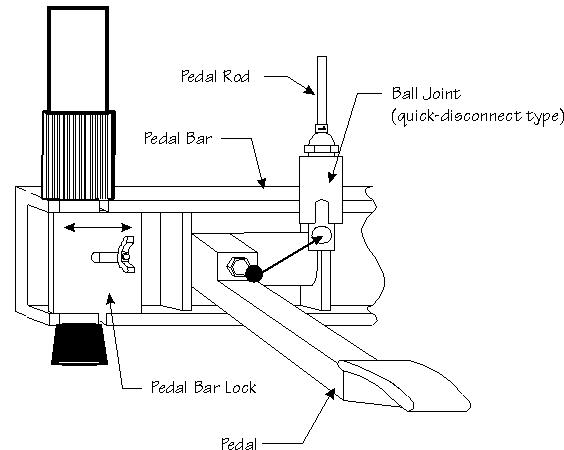
Every part has a purpose—can you identify which component directly influences your sound? Understanding the interplay of pedal steel hardware and steel guitar components is key to mastering this instrument’s unique timbre. As someone who has spent countless hours dissecting these components, I can attest to their critical roles in shaping the sonic landscape of the pedal steel guitar.
From the **changer** and **pickup** to the **pedals** and **knee levers**, each element contributes distinctively to the instrument’s character. It’s fascinating how the changer orchestrates the tuning shifts, while the pickup captures the tonal essence, delivering it through your amplifier. These parts are not just physical entities—they are the heart of the musical expression. The **rods and bell cranks**, often overlooked, are instrumental in translating foot and knee movements into pitch alterations, proving indispensable to the expressive capabilities of the guitar.
Grasp these components’ roles, and you’ll unlock a deeper understanding of the pedal steel guitar’s intricacies. This appreciation forms the bedrock as we delve into the various types of parts available, enhancing both performance and personal artistry.
Types of Parts Available
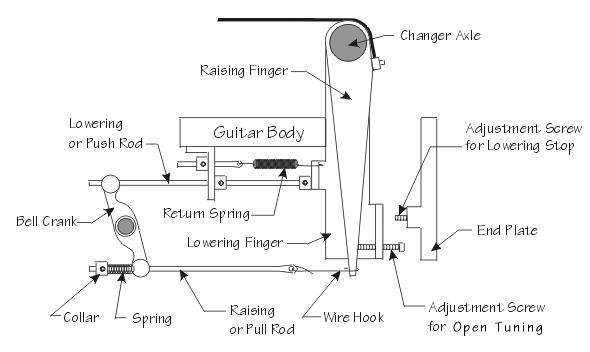
In exploring pedal steel guitar parts, it’s crucial to understand the varied **types of parts available** and how they cater to different playing styles and technical needs. Did you know there are both *off-the-shelf* and *custom components* designed for specific playing styles? This distinction is vital. Through my years of experience in choosing the right components, I’ve seen how these options can impact not only the playability but also the personal expression achieved with a pedal steel guitar.
Off-the-shelf parts are readily available and great for standard replacements, perfect for those looking for *reliable and consistent performance*. However, if you wish to infuse your personal touch and cater the instrument to your unique style, *custom parts* for pedal steel transform your instrument into an extension of your musical voice. Custom parts allow you to fine-tune every element, from the mechanical feel to tonal nuances, offering an **unparalleled playing experience**.
This knowledge leads us directly into understanding why investing in quality parts is essential, influencing both sound quality and the longevity of your beloved instrument.
Why You Need Quality Parts
Impact on Sound Quality

What if the key to achieving that perfect tone lies in just one component? This notion is foundational when considering the impact on sound quality within pedal steel guitars. As someone deeply engrossed in instrument acoustics, I’ve observed firsthand how *every component plays a pivotal role* in tonal output. It’s crucial to appreciate that the sonic fingerprint of a pedal steel guitar is a symphony of its intricate parts. High-quality parts contribute significantly to sound precision, ensuring each note resonates with the intended clarity and resonance.
During my exploration of pedal steel guitar maintenance and repair, I’ve consistently found that inferior components detract from the desired tone, adding unwanted noise and diminishing sustain. Conversely, quality parts enhance the vibrancy and *expression of sound*, fostering a rich auditory experience that captivates both performer and audience. Thus, investing in quality components is not merely about longevity but an investment in your musical expression and artistry.
Durability and Longevity
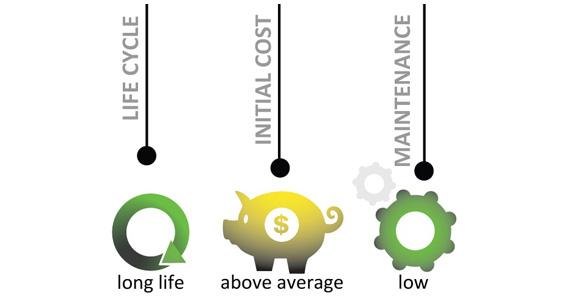
How long do you expect your pedal steel guitar to last if it’s built with inferior parts? This is a crucial consideration when delving into the realm of durability and longevity, which strongly underpins the argument for investing in quality parts. In my experience, the longevity of a pedal steel guitar is directly linked to the caliber of its components. Each part plays a critical role in maintaining the instrument’s integrity and performance over time.
I’ve witnessed countless musicians falling into the trap of selecting parts based purely on cost, compromising quality, only to face frequent breakdowns and the hassle of needing constant replacement parts. *Durability* is not just about withstanding the ravages of time; it’s about preserving the instrument’s *vintage character* and ensuring it ages gracefully, much like a fine wine. Quality parts resist wear and tear, necessitate less frequent servicing, and help maintain the distinct tonal complexities that offer that authentic sound player’s covet.
Thus, prudent investment in quality not only saves money in the long term but also preserves the emotional connection with your instrument, allowing it to serve as a reliable companion for years to come.
Where to Buy Pedal Steel Guitar Parts
Online Retailers

Did you know that many seasoned players prefer *online shops* for their vast selections and competitive prices? As someone who has navigated the complexities of finding quality *pedal steel guitar tools*, I’ve discovered that shopping at an online pedal steel shop offers unparalleled convenience and variety. When you’re seeking specific components or exploring new options, online platforms provide an extensive array of both standard and hard-to-find parts. This is crucial, particularly when considering how critical each component is to the *sound quality* and overall performance of a pedal steel guitar.
What’s truly *impressive* about these online retailers is their ability to offer competitive pricing, often beating local stores. This price efficiency comes from reduced overhead costs and the ability to stock parts from different manufacturers worldwide. Additionally, online shops frequently include customer reviews and detailed product descriptions, helping you make informed purchasing decisions. Through my experiences, I’ve learned that finding reliable sources can greatly impact not only the *durability and longevity* of your instrument but also enhance *maintenance and repair* practices.
As we explore further options on where to buy, remember that utilizing a reputable online retailer can essentially shape your overall experience and satisfaction with your pedal steel guitar setup.
Local Music Stores

Could your local store hold the key to a valuable source of pedal steel guitar parts? Having scoured many shops myself, I’ve discovered that local music stores are often treasure troves of pedal steel accessories not found online. While online retailers can offer variety, they sometimes lack the charm and personalized service of local venues. For those who relish the tactile experience of inspecting parts personally, these stores provide invaluable insights and unique pieces that might not appear in larger inventories.
Frequent conversations with fellow enthusiasts on steel guitar forums reveal that these stores often house niche items, owing to the expertise and passion of store owners. Supporting them benefits not just your build, but also fosters a sense of community. By investing time in exploring your local music scene, you might just unearth parts that enhance both the sound quality and durability of your instrument. This engagement supports local businesses and enriches your journey as a pedal steel guitarist.
How to Build a Pedal Steel Guitar
Choosing the Right Parts
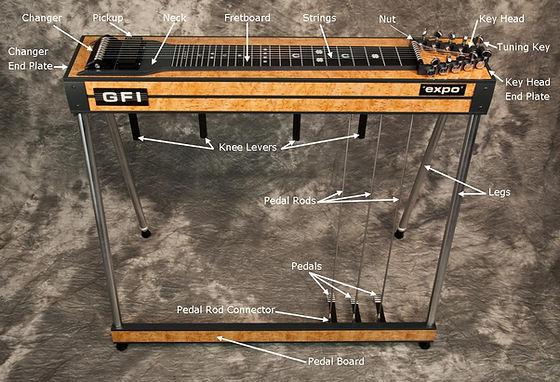
What if the key to an exceptional build starts with selecting the right parts? In the journey of building a pedal steel guitar, one of the most crucial steps is choosing the appropriate components. Having spent years crafting custom parts for pedal steel, I can confidently say that the right selections are essential to achieving the perfect balance in performance, sound quality, and durability.
Choosing the right pedal steel hardware isn’t just about making the instrument work; it’s about embracing the potential for superior sound and longevity. I’ve learned that attention to detail in parts selection can immensely enhance your build. When selecting custom parts, you must consider their compatibility and contribution to the overall ensemble. Quality materials save time and reduce wear and tear over prolonged use, offering a blend of reliability and exquisite tonal balance.
From this foundation, we naturally progress to the intricacies of assembly, a process where each carefully selected part comes to life in harmony.
Assembly Instructions
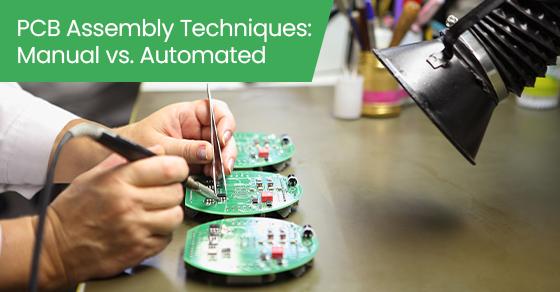
Are you ready to transform a collection of parts into a beautiful, playable instrument? My assembly instructions guide you through this rewarding journey, making even the most intricate tasks manageable for novices. Armed with the right pedal steel guitar tools and an understanding of key steel guitar components, you’ll find that building your own instrument is both achievable and immensely gratifying.
Step-by-step, I demystify the process, shedding light on each critical stage—from aligning the necks to precisely tuning the strings. My experience has shown that clarity in instructions prevents common pitfalls, ensuring your build is not only successful but enjoyable. The materials we use often dictate the instrument’s voice, resonating with your musical intentions. By guiding you in harnessing these components, I help bridge the gap between a mere assembly and the creation of an instrument that sings with life and sound.
This chapter is crucial in the broader context of our guide, as it transitions from part selection to practical application, significantly impacting the final outcome of your pedal steel guitar. Ensuring that each piece fits harmoniously together is the culmination of this meticulous process, setting the stage for future endeavors in repair and maintenance.
Repairing Pedal Steel Guitars
Common Issues and Solutions
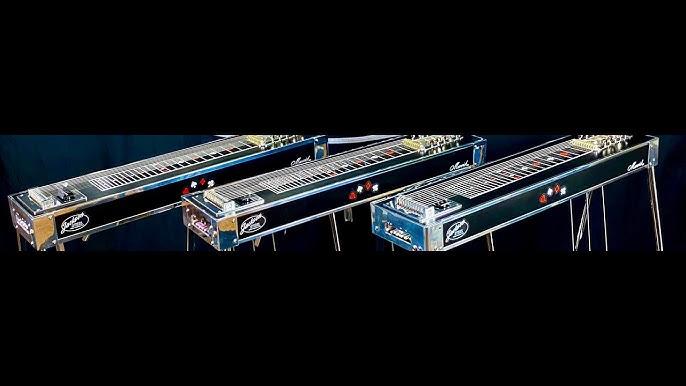
When it comes to maintaining a pedal steel guitar, identifying common issues is crucial for keeping your instrument in optimal condition. What are the most frequent problems owners face with their pedal steel guitars? From my extensive experience, mechanical malfunctions like slipping pedals and tuning issues frequently top the list. These can often be traced back to worn-out parts or improper setup. Replacement parts, such as tuning keys and pedal rods, offer straightforward solutions, especially when paired with quality pedal steel accessories. Regular maintenance can prevent many of these issues, but when they arise, knowing how to effectively troubleshoot and repair them is key. My approach always combines technical skill with a deep understanding of the instrument’s nuances, ensuring that every repair enhances both performance and longevity.
Maintenance Best Practices
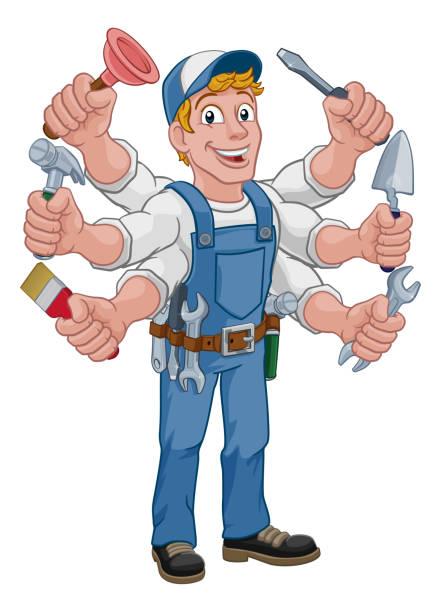
Is your maintenance routine giving your guitar the care it truly deserves? Over the years, I’ve come to appreciate the pivotal role of meticulous pedal steel guitar maintenance in preserving a guitar’s sound quality and extending its longevity. Unlike conventional guitars, pedal steels have intricate mechanisms and moving parts that demand strategic upkeep. When dealing with vintage pedal steel parts, this becomes even more essential as they require careful attention to avoid compromising sound integrity.
I always recommend inspecting and cleaning individual components regularly. Pay special attention to lubrication—using the right type is critical to prevent wear and tear on those unique levers and rods. Consistent tuning and correct string tension are other essentials in avoiding common pitfalls. Such maintenance ensures not only optimal performance but also makes subsequent repairs less frequent and less costly. By adhering to these best practices, you’re not just repairing but investing in your instrument’s future.
FAQs
What are the essential parts of a pedal steel guitar?
How does the pedal system work on a pedal steel guitar?
What is the function of knee levers on a pedal steel guitar?
Conclusion
Have you gained insights today that will transform your approach to pedal steel guitars? I sincerely hope so. My journey through the intricate world of pedal steel guitar components has underscored their critical role in musicianship. From the basic anatomy of these instruments to the myriad options available, understanding each part’s function enhances both sound quality and performance durability.
By investing in high-quality parts, musicians not only improve tonal richness but also ensure the longevity of their instruments. Whether sourced from online retailers or trusted local music stores, the right components are pivotal to crafting the perfect sound. For those adventurous enough to venture into assembly or repair, I’ve shared essential insights from my experiences to guide you through the process.
Ultimately, my exploration highlights that prioritizing maintenance and understanding component functionality can elevate your musical journey, bringing out the best in your pedal steel guitar endeavors.

R.M. Mottola, an engineer-turned-luthier, revolutionizes stringed instrument design with his deep focus on acoustics and ergonomics since 1994. As editor of the Savart Journal and a key contributor to American Lutherie, Mottola merges science with artistry in lutherie. He enriches the field with his extensive knowledge, shared through his Liutaio Mottola website, making him a beacon in the world of modern instrument craftsmanship.
